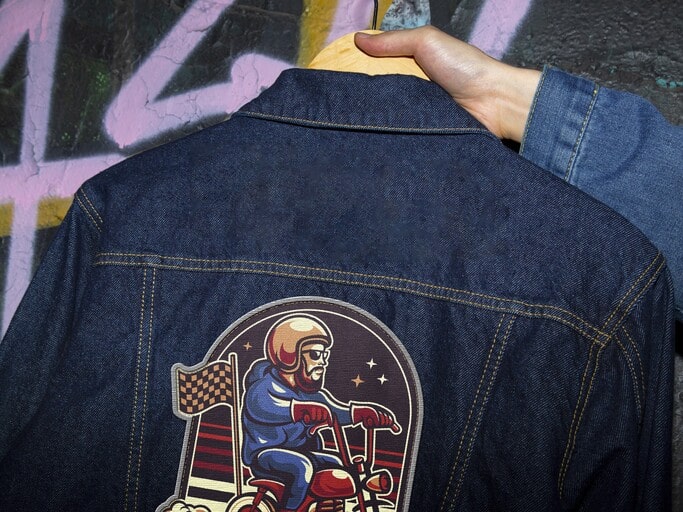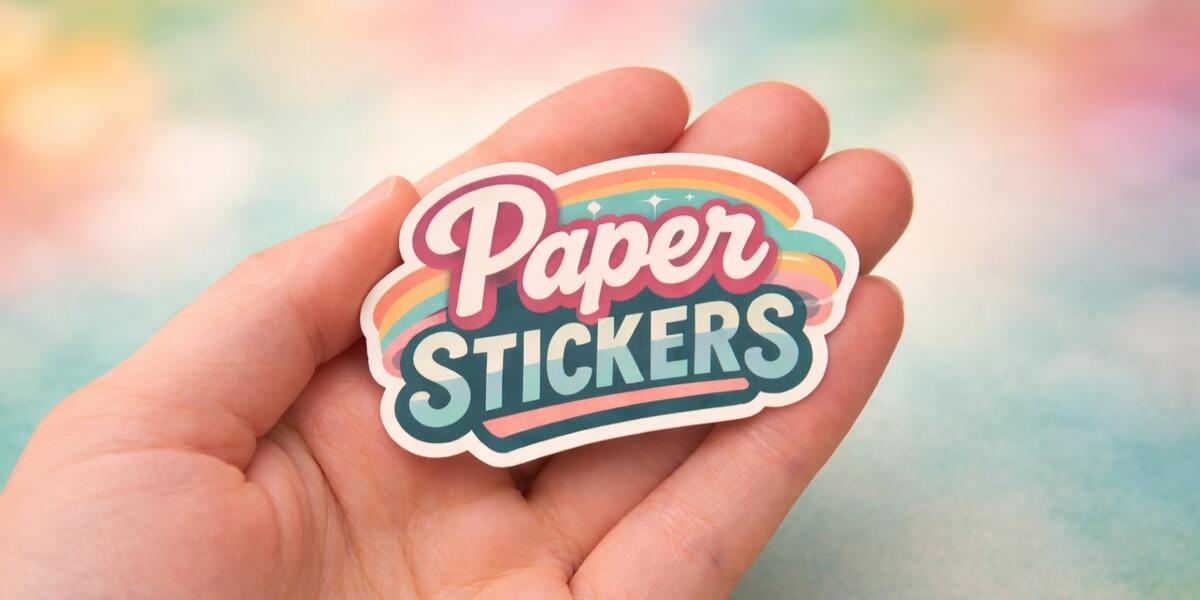
Blog
DTF Washing Instructions: 10+ Care Notes to Keep Your Clothing Looking New

DTF transfers – designs that are heat-pressed onto fabric, can crack, peel, or fade over time if not handled properly. You will need the right DTF washing instructions to protect the design and keep them in great condition.
In this guide, CustomAny team will provide you with easy-to-follow DTF washing instructions that cover general washing methods, special notes for different fabric types, and other helpful reminders. These simple tips will help your printed garments stay fresh and last much longer.
General Washing Guidelines for DTF Transfers

Following the right DTF washing instructions helps ensure your designs last longer. Below are the most important DTF washing instructions for DTF items that help preserve their original look:
Turn garments inside out before washing
Before placing your fabric items in the wash, make sure to turn it inside out. This protects the printed surface from rubbing against other garments, which often causes wear and tear.
Also, turning them inside out minimizes direct contact between the DTF print and rough surfaces, reducing the chance of cracking or peeling over time.
Use cold water only
Temperature control is a key factor in how to wash DTF items.
When DTF transfers are washed in hot water, the adhesive and ink can weaken, resulting in peeling and fading. So, you should always use cold water when washing your garments. By doing so, you will be able to maintain the durability of both your print and fabric.
Hand wash or use a gentle/delicate machine cycle
Harsh wash cycles can damage the print edges and stretch the fabric. Hence, for the best results, you can either hand wash your DTF apparel or use a washing machine on a delicate or gentle cycle.
If you use a machine to wash the garment, you should place it in a mesh laundry bag to provide further protection.
Use mild detergent
One helpful tip in DTF shirt care instructions is to use mild detergent. When you use harsh detergents, bleach, or strong chemicals, they can harm the colors and the design.
On the other hand, a gentle detergent cleans effectively without harming the design, keeping your fabric items looking new.
Air dry
After washing, avoid the heat of a dryer because high temperatures can cause the DTF print to crack or peel. That’s why air drying is the safest method and is always recommended in DTF transfer washing instructions.
You can lay the garment flat or hang it in a shaded area to preserve both the fabric and design.
Special Care for Different Fabric Items
When following DTF washing instructions, it’s important to adjust your methods based on the fabric type. Each material reacts differently to water, detergent, and heat. To protect both the garment and the print, follow these DTF washing instructions based on the specific fabric.
Canvas Items

As a thick and absorbent fabric, canvas holds water well and can become stiff when dried incorrectly.
The best care for canvas items like tote bags or aprons:
- Hand washing is recommended.
- If you use machine washing, choose a delicate cycle and avoid high-speed spinning to prevent the fabric from becoming overly rough.
- You should never tumble dry canvas items, as the heat can make the fabric hard and cause the prin to crack or peel.
Polyester Items
While it is light and dries quickly, polyester is more heat-sensitive than cotton. Using heat on DTF polyester items like jackets or activewear,…can melt the adhesive used in the print, leading to peeling or smudging.
Therefore, when caring for DTF prints on polyester, you need to:
- wash in cool water (under 30°C)
- avoid high-temperature drying
These DTF care instructions are perfect to maintain the fabric’s shape and the print’s durability.
Denim Items

Denim is a heavy and rough fabric that creates strong friction in the washing machine. This friction can scratch or wear down the printed design.
To avoid damaging your DTF designs on denim items like jackets or jeans, it’s recommended to wash denim items on a low spin setting and always use cool water.
Also, keep them separate from garments with zippers or metal details, as these can scrape the print.
Important cares
After learning DTF washing instructions, the following are some essential care practices to keep your DTF printed clothing in perfect condition.
1. Wait at least 24–48 hours before the first wash
Don’t wash the garment immediately; you must wait 24–48 hours after applying DTF transfers with iron or heat-pressing DTF transfers. In this way, the adhesive can fully cure and adhere to the fabric. Washing right after application can damage the print and cause it to peel or fade soon.
2. Avoid hot water under all circumstances
The heat from hot water can degrade both the ink and the adhesive in DTF prints. Always use cold water, as it helps preserve the colors and keeps the design from cracking or lifting. This is also a vital role when learning how to wash graphic tees with DTF prints.
3. Never use bleach or strong detergents

Strong chemicals like bleach can cause the print to fade or discolor. So, you should only use mild detergents to clean your garments gently without damaging the artwork.
4. Don’t wash with clothes that have metal zippers or rough textures
Avoid washing DTF-printed items with clothes that have zippers, Velcro, or rough fabrics. If these are rubbed against the print, they may cause scratches or peeling.
5. Do not tumble dry or directly iron over the DTF graphic
To protect the DTF design, never use a tumble dryer, as the high heat can cause the print to crack, peel, or lose its color. Instead, you should hang the garment in a shaded area to let it dry naturally.
Additionally, do not iron directly over the printed graphic. If you must iron the garment, cover the design with a cloth or parchment paper to protect it from direct heat, or iron only around the print.
6. Store items hung or folded loosely in a cool, dry place

It’s advisable to store your garments in a cool, dry place to maintain the quality the DTF transfers on them. High temperatures and humidity can lead to cracking or fading DTF prints. Besides, they cause the adhesive under the DTF transfer to weaken, leading to peeling prints over time.
You should also hang them or fold them loosely. Avoid tightly packed or damp environments, as these can lead to moisture buildup, pressure marks, and unwanted wrinkles, all of which can damage the DTF transfers.
7. Avoid placing heavy items on top of DTF-printed garments
Never place heavy objects on top of clothing with DTF prints. Excess weight and pressure can crack, or distort the design over time.
To keep the print in perfect shape, you can store printed items on top of stacks or in separate drawers.
Last words
Caring for the DTF transfers on your garments the right way helps you keep their colors bright and the designs sharp. With proper DTF washing instructions, you can avoid common problems like cracking, fading, or peeling and enjoy your favorite items for a longer time.
For more helpful tips beyond DTF washing instructions, check out our other blog posts about DTF transfers—like how to make them, how to apply them correctly, storage tips,…









